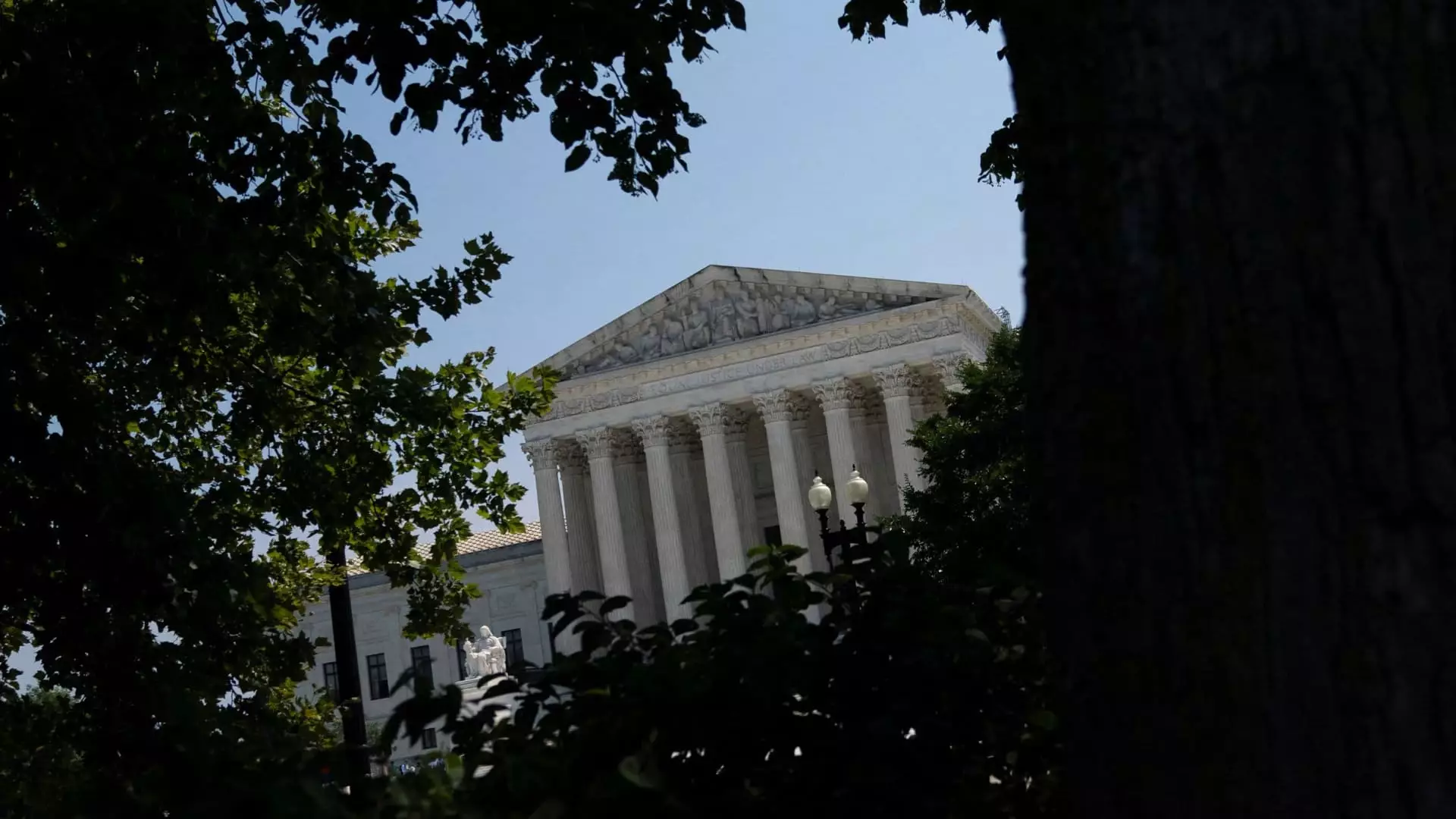The recent Supreme Court decision to lift a nationwide injunction against the Corporate Transparency Act (CTA) has significant implications for corporations and the fight against financial crimes. This legal battle underscores important issues regarding regulatory power, privacy rights, and the broader implications of anti-money laundering measures.
Enacted in 2021, the Corporate Transparency Act was introduced to tackle the increasing risks associated with money laundering and other illicit financial activities. The law mandates that corporate entities, especially limited liability companies (LLCs), disclose the identities of their beneficial owners—those individuals who own or control a company, whether directly or indirectly—to the Financial Crimes Enforcement Network (FinCEN). This requirement aims to dismantle the anonymity that criminals often exploit when conducting illicit transactions and establishing shell companies.
The heightened scrutiny on who controls businesses is particularly pertinent as the U.S. has become a favored location for laundering money through complex corporate structures that can obscure beneficial ownership. Supporters of the CTA argue that improved transparency will enhance the government’s ability to detect and prosecute a variety of crimes ranging from money laundering to tax evasion and even the funding of terrorism.
The Injunction’s Background and Implications
The legal challenges to the CTA were initially propelled by a federal judge in Texas, Amos Mazzant, who issued a nationwide injunction on December 3, effectively stalling the enforcement of the law. Mazzant opined that Congress had overstepped its constitutional authority, invoking the Tenth Amendment, which reserves powers not delegated to the federal government to the states. His ruling reflected concerns that the CTA could infringe upon states’ rights while categorizing the law as a “quasi-Orwellian statute.”
The injunction was controversial, particularly as it was sought by the National Federation of Independent Business (NFIB) along with several small businesses, even when many entities had already complied with the reporting requirements prior to Mazzant’s decision. This aspect of the case highlights a broader debate on the balance of regulatory responsibilities versus the rights of businesses and states.
In light of the contrasting opinions, the Supreme Court’s action to lift the injunction seems to be a significant step toward reinstating accountability in corporate governance. The decision came at a critical time, with a looming deadline for corporations to submit their required disclosures. The Biden administration, through Solicitor General Elizabeth Prelogar, had urged the court to intervene, arguing that the Mazzant ruling was excessively broad and misinterpreted Congressional authority under the Commerce Clause.
The Commerce Clause has historically empowered Congress to regulate economic activities that impact interstate commerce. Proponents of the CTA assert that the law aligns perfectly with the intent of Congress to protect the economic landscape from hidden threats posed by unregulated entities. The swift nature of the Supreme Court’s decision indicates a desire to clarify the limits and scopes of regulatory authority concerning financial transparency.
Moving forward, the Corporate Transparency Act represents a pivotal shift in how corporations, particularly small businesses, will operate in the financial landscape. Increased transparency will likely lead to more stringent compliance requirements, compelling corporations to scrutinize their ownership structures more closely.
While the administration and advocates believe these regulations are crucial for national security and the integrity of the financial system, dissenters express concerns over possible overreach and the implications of government surveillance over businesses. As society transitions towards greater accountability, the fine line between ensuring public safety and respecting privacy rights will continue to be tested.
The Supreme Court’s recent ruling stands as a reminder of the ongoing tug-of-war between regulatory authority and individual freedoms. As the Corporate Transparency Act rolls into full effect, it sets a precedent for future legislation aimed at increasing transparency in business practices, highlighting the importance of both safeguarding economic interests and maintaining democratic principles. As this complex legal landscape evolves, stakeholders must engage in thoughtful discourse to navigate the intricacies of governance in an increasingly interconnected world.


Leave a Reply